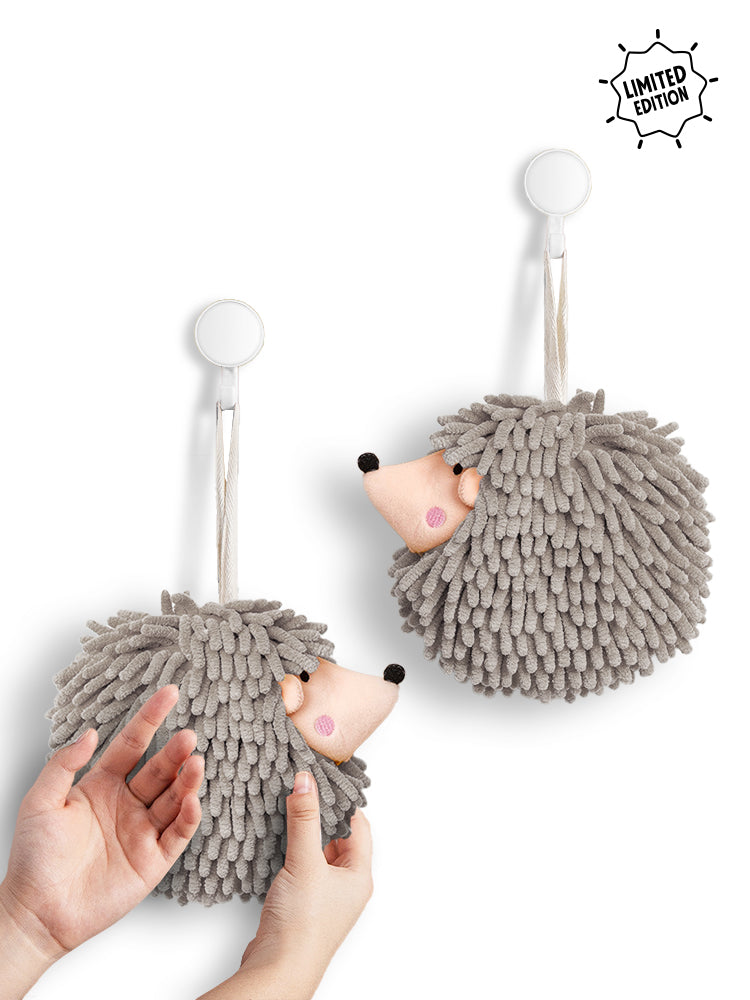
Everyone has a cleaning blind spot, and the humble can opener is an item that people tend to forget to clean and maintain. However, this kitchen workhorse needs to be cleaned more often than you think.
With proper care, a can opener can last a lifetime, but when neglected, it needs to be replaced every few years as the blades dull and the opener’s performance is diminished. Learn how to clean and maintain a can opener, reverse rusting and buildup to restore an old can opener, and how often you should clean this must-have kitchen tool.
Do You Need to Clean Your Can Opener?
Can openers, whether manual or electric, should be cleaned after every use.
Can openers pick up whatever type of grime is present on the tops of cans, which can range from relatively benign dust to more troubling things, like viruses or bacteria from droppings. Additionally, can openers often pick up trace amounts of canning liquid that dry on the blades, leaving them encrusted and dull. Finally, wash your hands after touching items during food preparation to ensure that you don’t transfer bacteria to the can opener handles, knobs, and other parts.
Signs that it is time to clean a can opener include visible buildup around the blades, dull blades, diminished performance, and fingerprints on the handle or arms. Like knives, can openers should not be washed in the dishwasher to avoid rusting and dulling the blades.
How to Clean a Manual Can Opener
To clean a manual can opener after use, start by rinsing it under hot running water. Then, wash it the way you would a dish or glass, using hot, soapy water and a nonscratch sponge, brush, or dishcloth. Rinse the can opener well with hot water after washing, and dry it immediately with a clean dish towel. Drying the opener immediately after washing is imperative because allowing a can opener to air-dry leaves the blades susceptible to rust.
How to Clean an Electric Can Opener
To clean an electric can opener after use, wipe the entire surface with a mild all-purpose cleaner, paying particular attention to any touchpoints that may have picked up bacteria from your hands. Then, apply a small amount of rubbing alcohol to a thin cleaning cloth, cotton pad or swab, or small brush (such as an old toothbrush) and wipe the blades and magnet clean. If any visible moisture remains after cleaning, wipe the entire unit, especially the blades, with a dry towel.
How to Deep Clean a Manual Can Opener to Remove Rust and Buildup
Don’t throw away that rusty or dull can opener! Restoring a can opener is easier than you might think, calling for items you probably already have in the home and a mostly hands-off cleaning method.
Step 1: Scrub the Can Opener with a Toothbrush
Start by giving the can opener a good scrub to remove as much buildup as possible. An old toothbrush is the perfect tool for the job. Wet the toothbrush, apply a small amount of dish soap, and scrub the blades.
Step 2: Soak in Rust Remover
Place the can opener in a drinking glass or another vessel large enough to submerge it fully in liquid rust remover. Then, fill the glass with a liquid rust remover such as distilled white vinegar, citric acid solution, or a commercial rust remover. Allow the can opener to sit in the rust remover overnight or for up to 24 hours.
Step 3: Scrub the Can Opener After Soaking
After soaking, dip the toothbrush in the rust remover and use it to scrub the can opener parts, sloughing off any remaining rust and buildup. If necessary, soak the opener in a fresh solution of rust remover and repeat this process.
Step 4: Wash the Can Opener
When all the rust and visible buildup has been removed from the can opener, wash it with hot soapy water and a nonscratch sponge, brush, or dishcloth. Rinse the can opener well with hot water after washing.
Step 5: Dry the Can Opener
Immediately after washing, dry the can opener with a clean dish towel.
Source: Kerr, J. (2025e, May 21). The Frequently-Used kitchen tool You’re definitely not cleaning enough. Better Homes & Gardens. https://www.bhg.com/clean-can-opener-11711172


